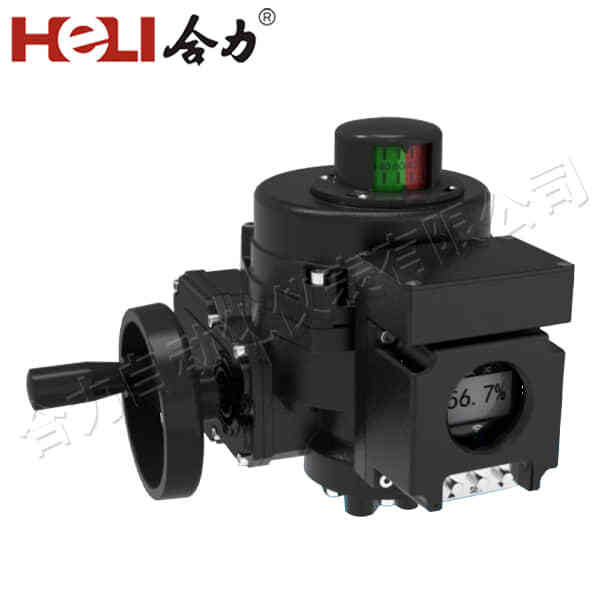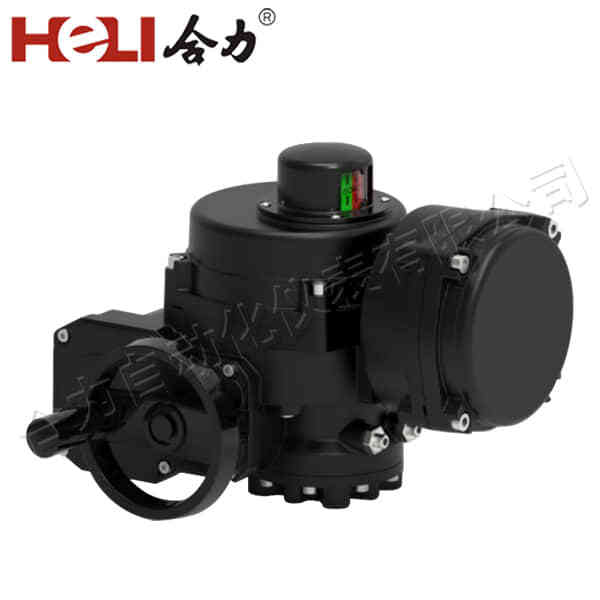Electric actuator valves are integral components in modern industrial automation, providing precision control over fluid flow, pressure, and temperature. As industries become more reliant on automated systems, the demand for reliable and efficient control mechanisms like electric actuator valves has surged. These valves are powered by electric actuators, which offer greater accuracy and ease of use compared to manual or pneumatic control systems. In this article, we will explore the working principles, applications, benefits, and challenges of electric actuator valves.

Working Principle of Electric Actuator Valves

At its core, an electric actuator valve consists of two key components: the valve itself and the electric actuator. The valve is responsible for regulating the flow of fluid, while the actuator drives the valve into the desired position based on electrical signals. The electric actuator, typically powered by a motor, converts electrical energy into mechanical motion, which is then transmitted to the valve to control its movement. The most common types of electric actuators used in industrial settings are on/off actuators, which control the valve’s open or closed position, and modulating actuators, which adjust the valve to intermediate positions to control flow rates and pressure. The actuator’s performance is often controlled by a control system, which sends signals to the actuator, either through a simple on/off switch or a more complex proportional or digital signal for fine control.
